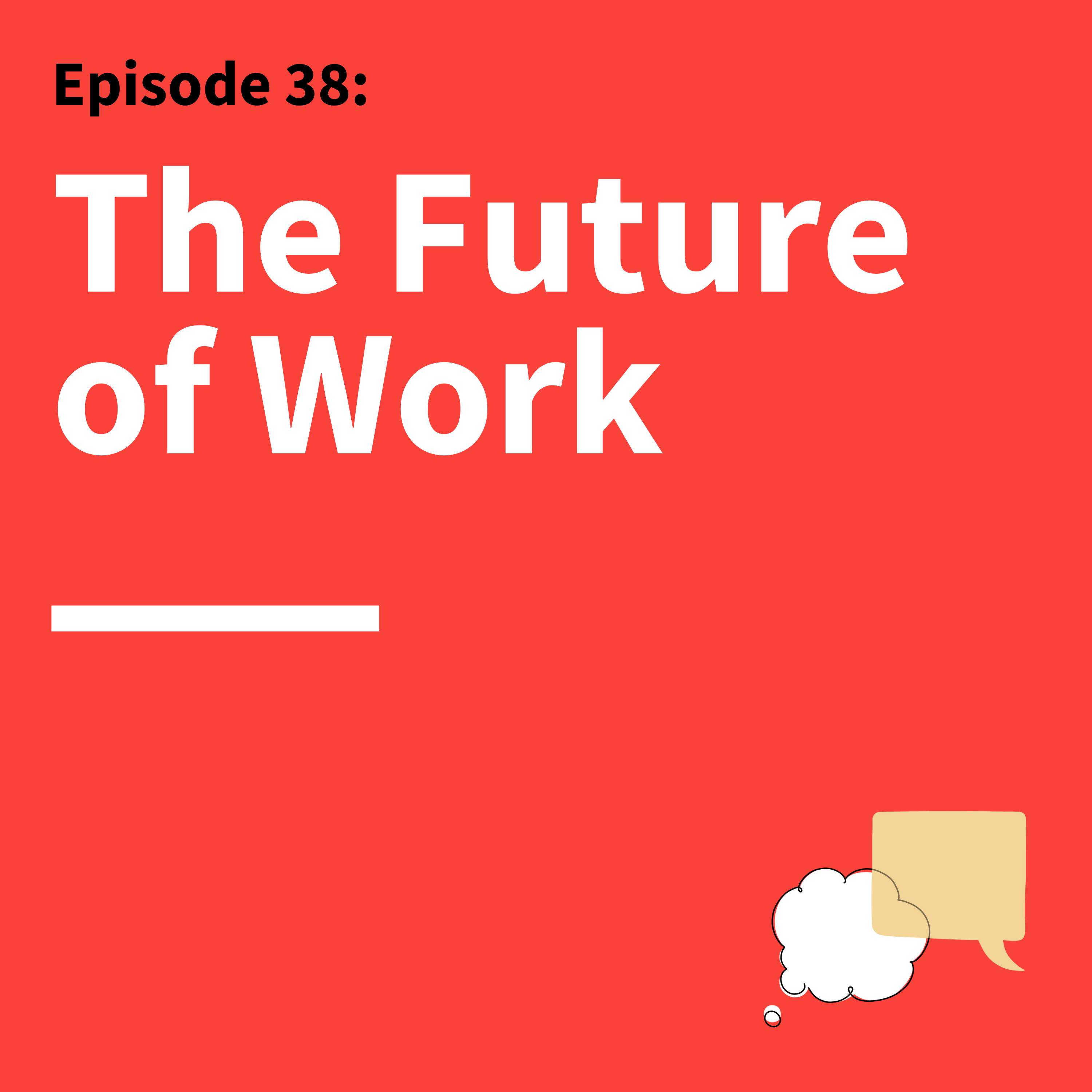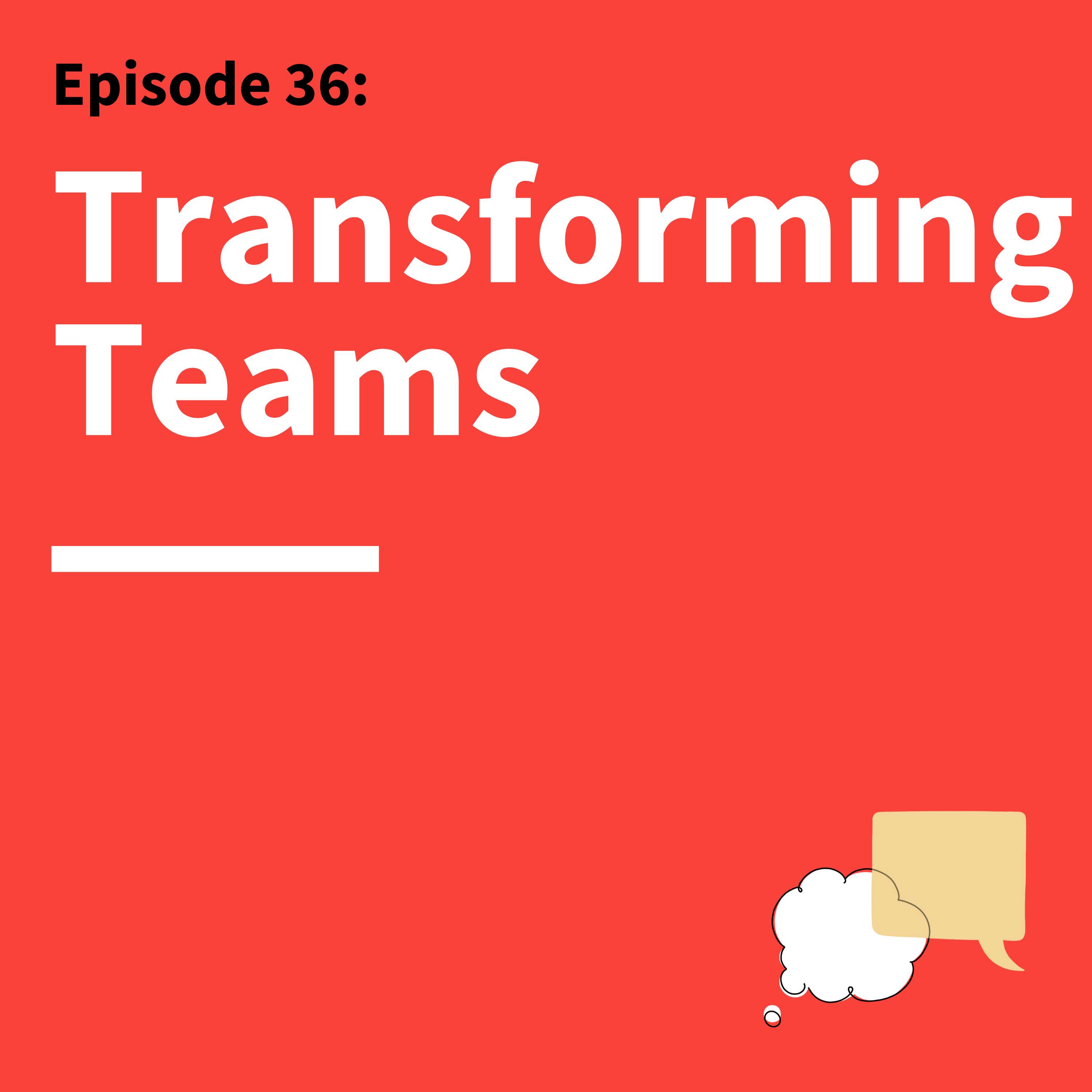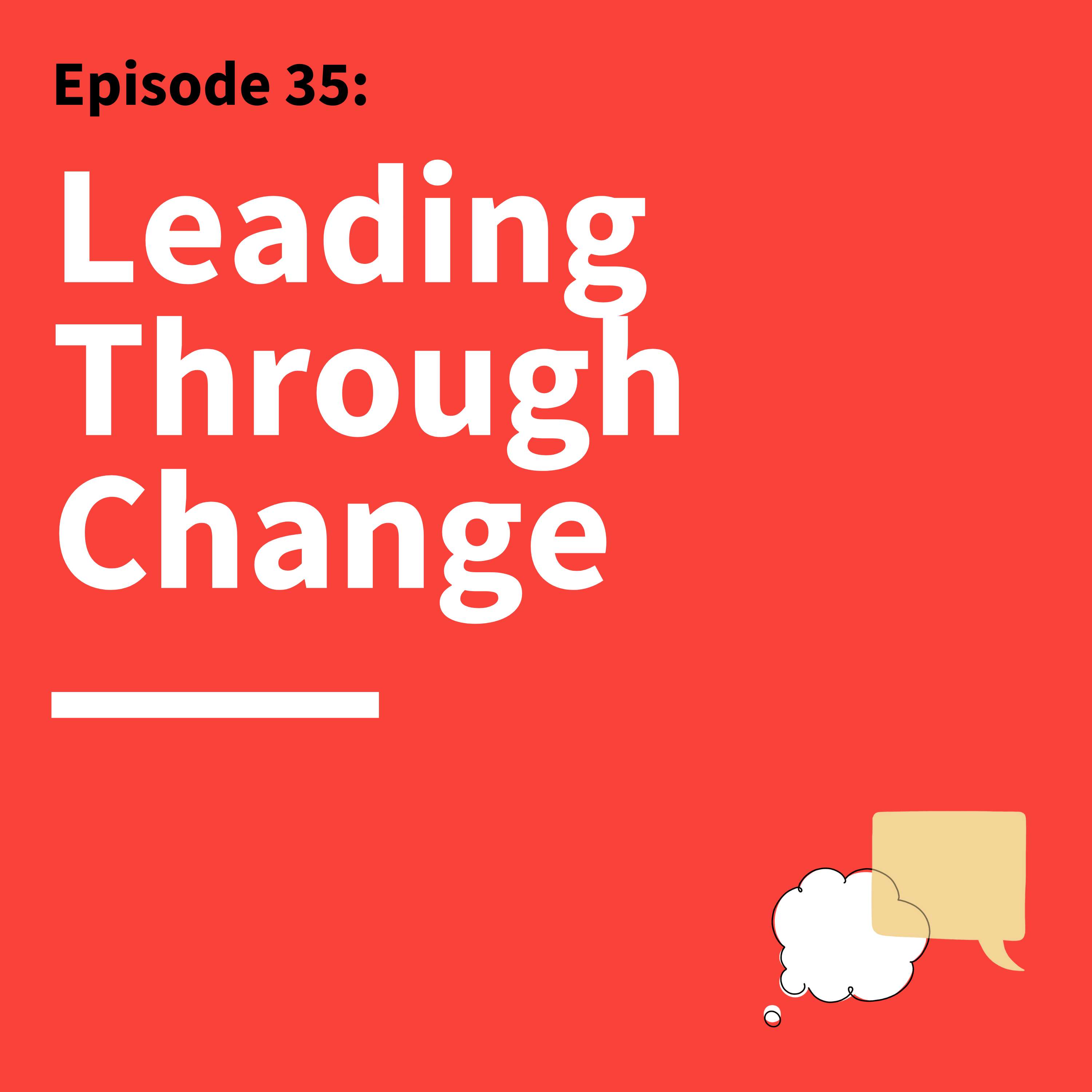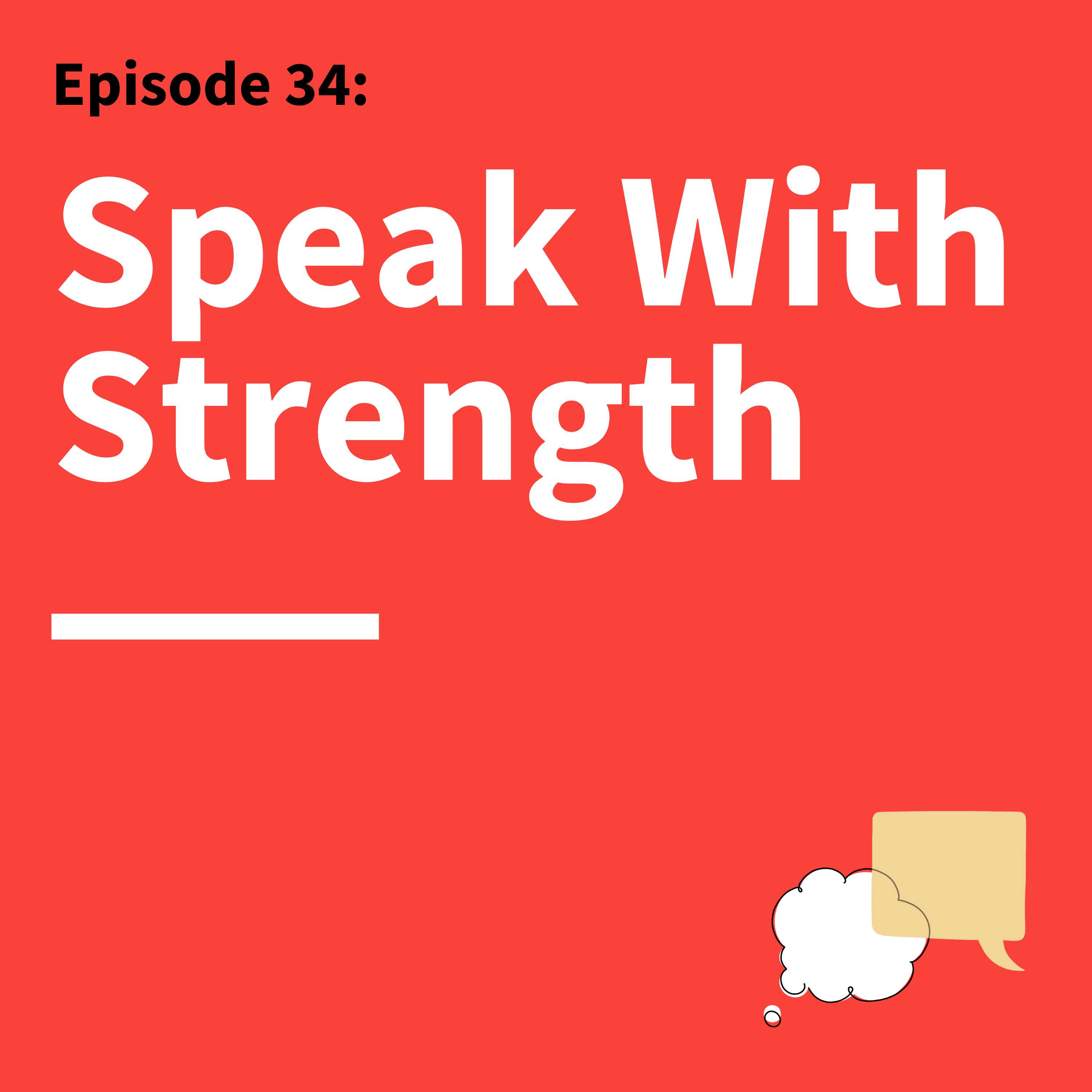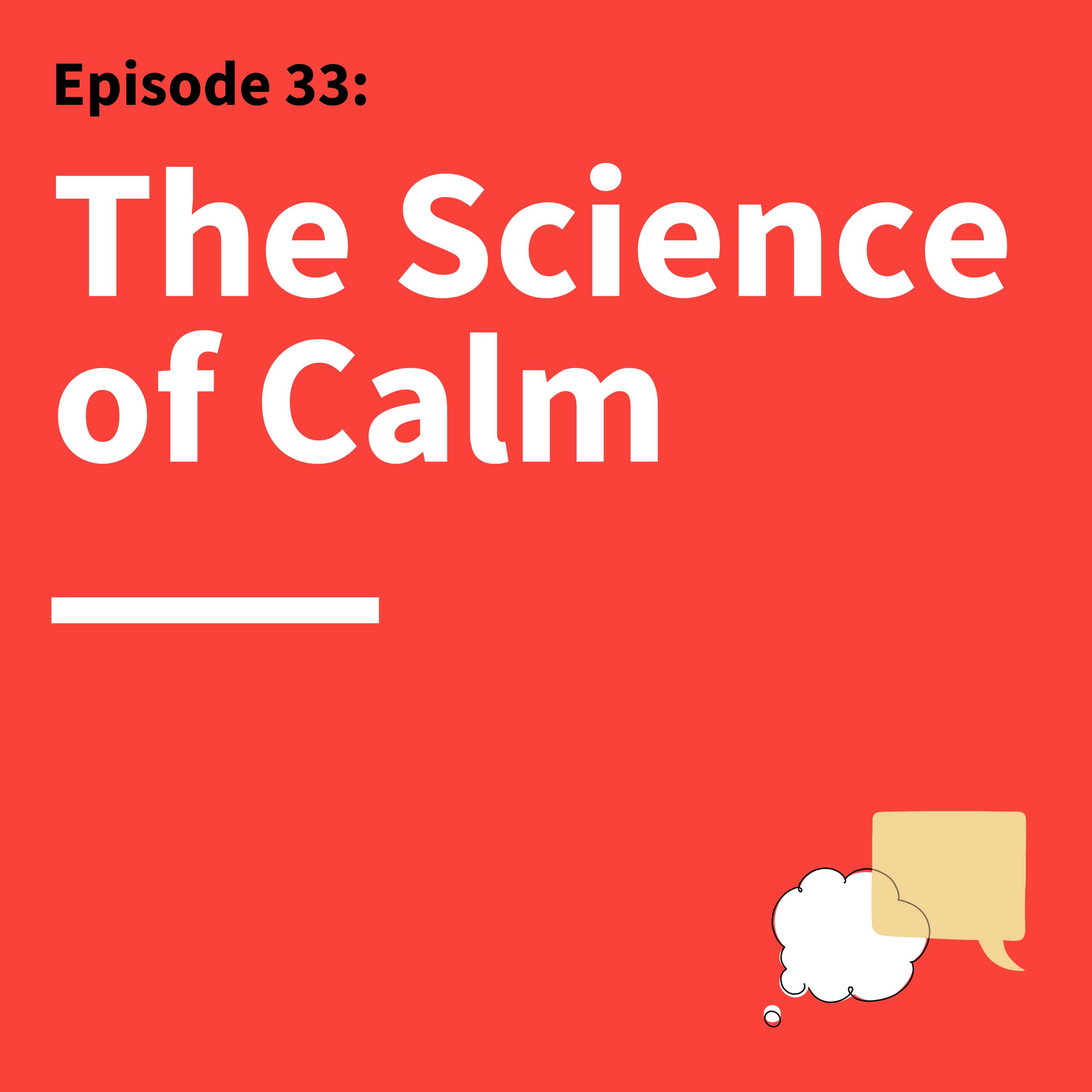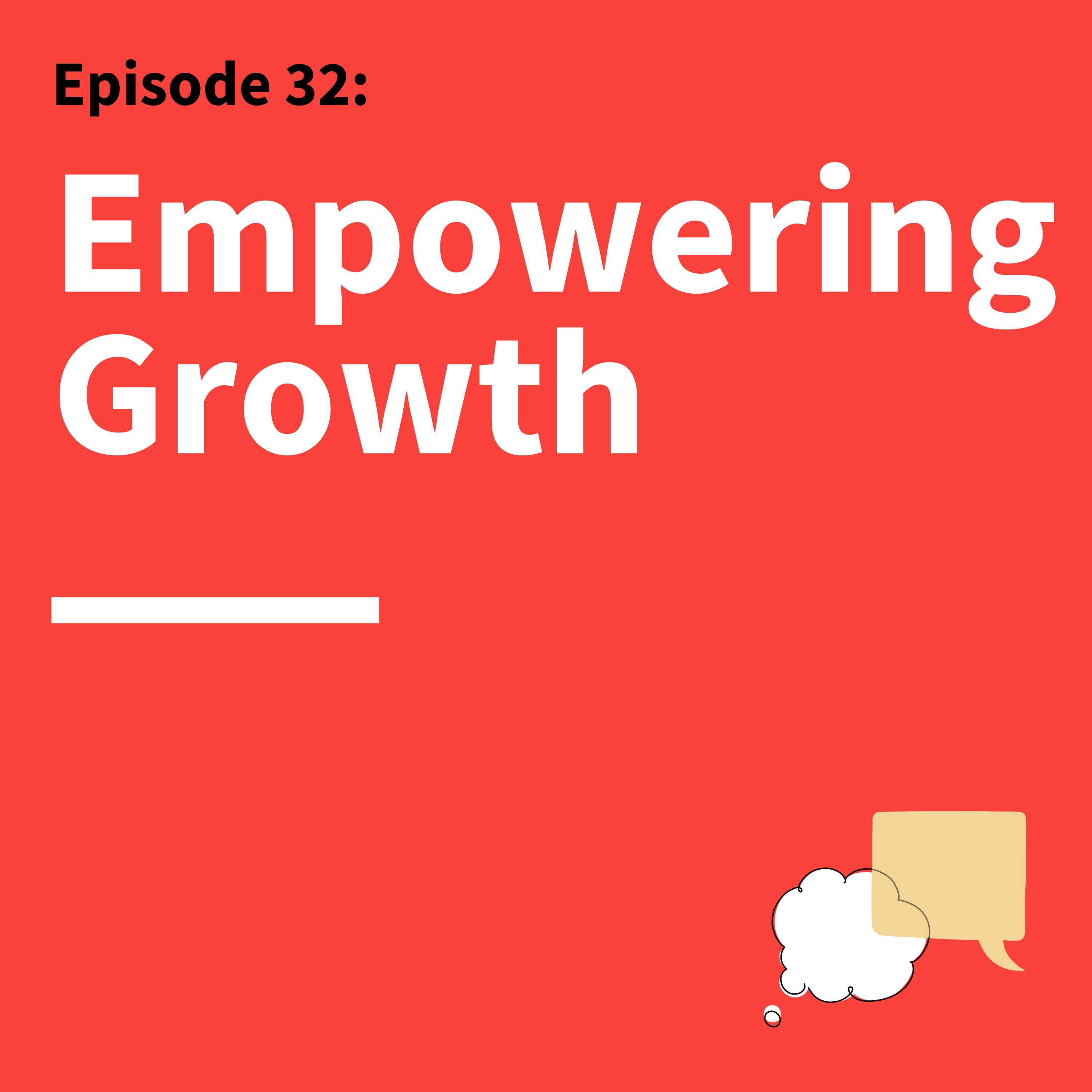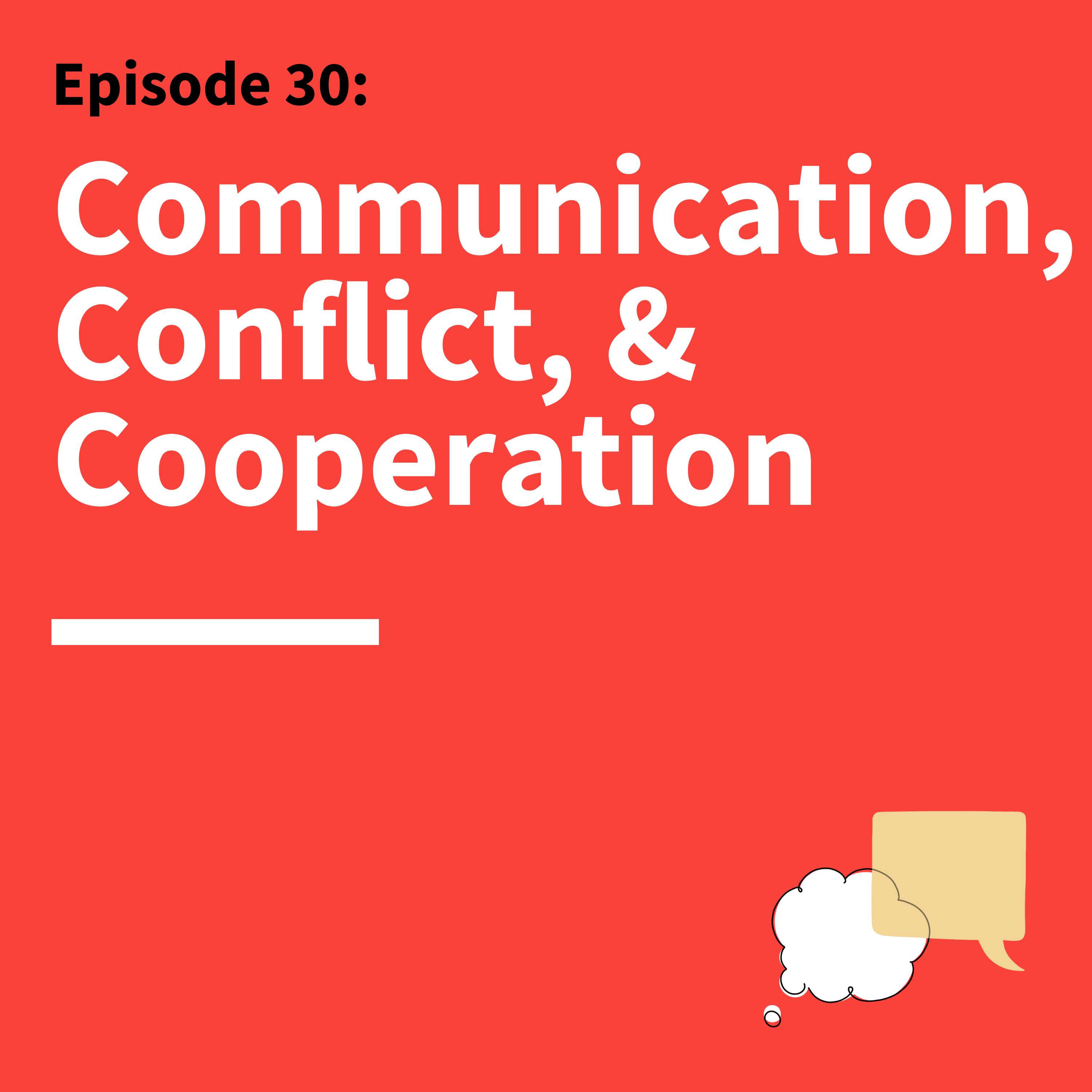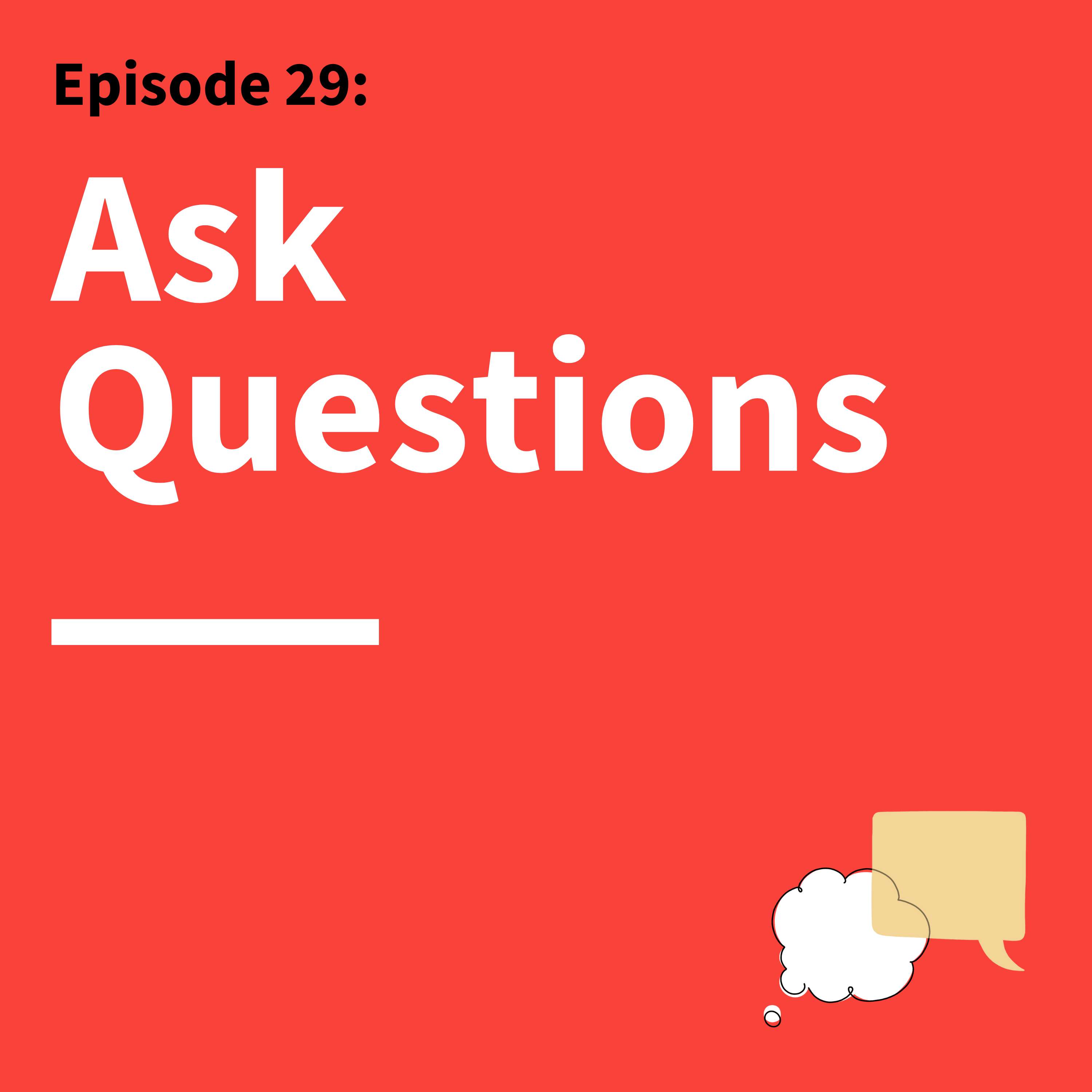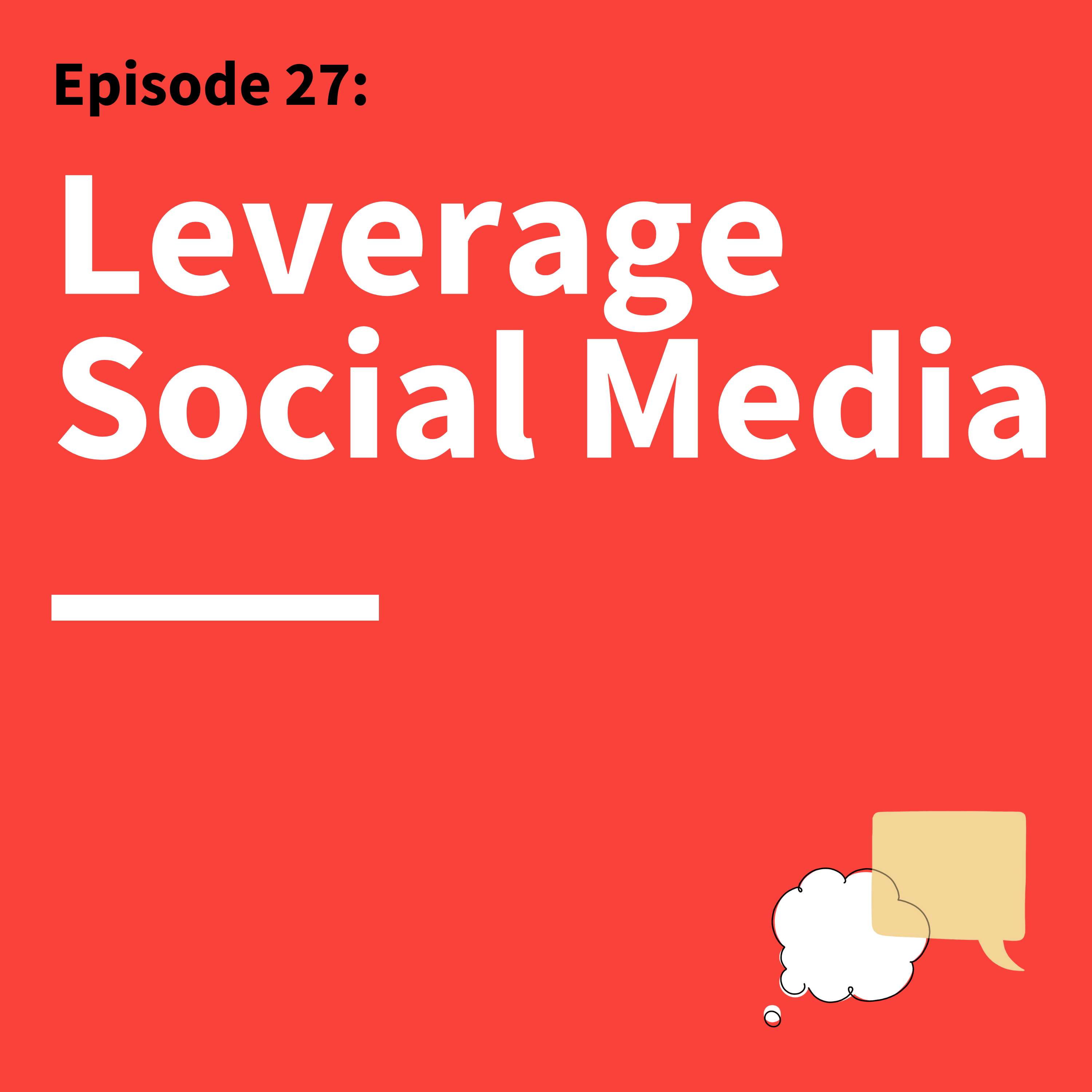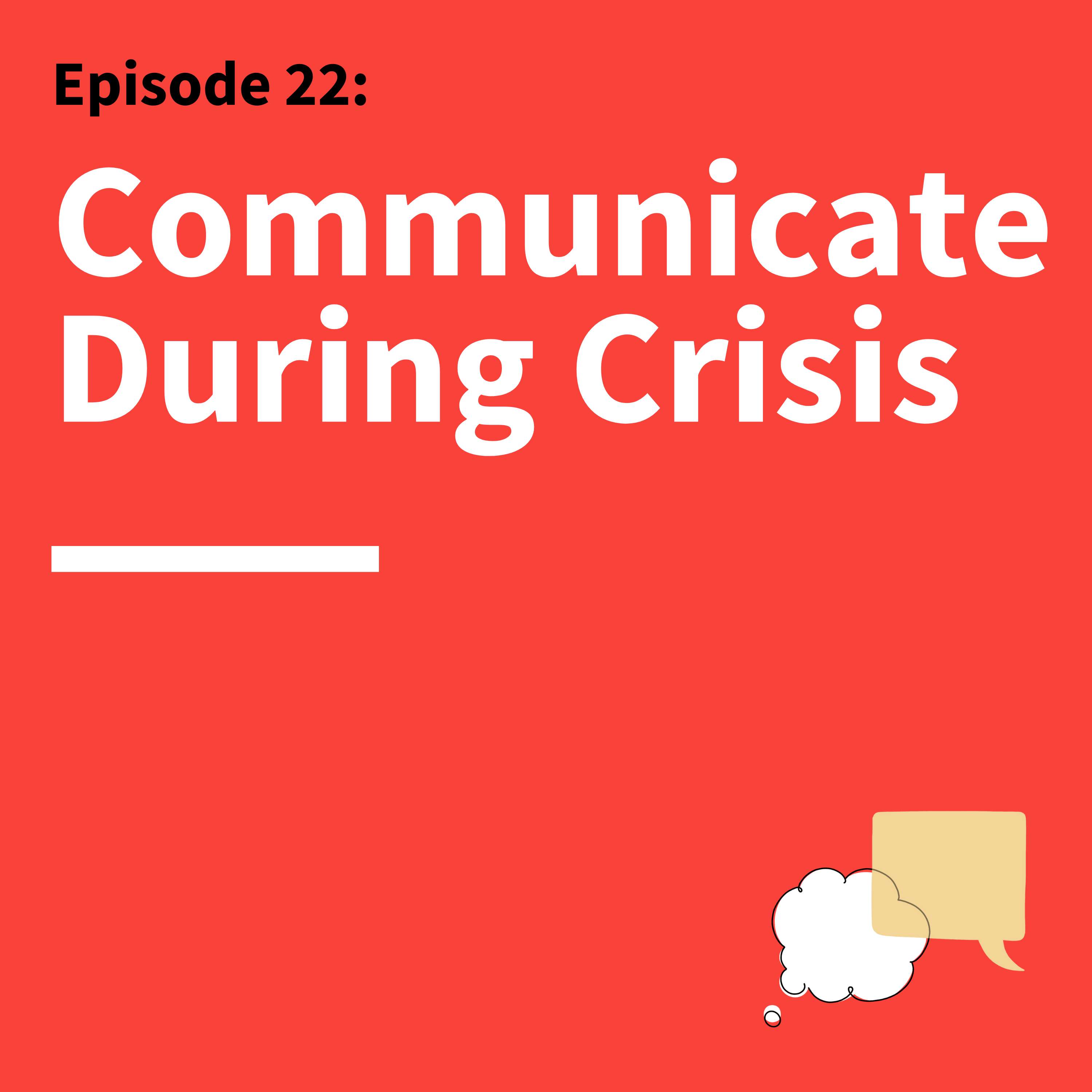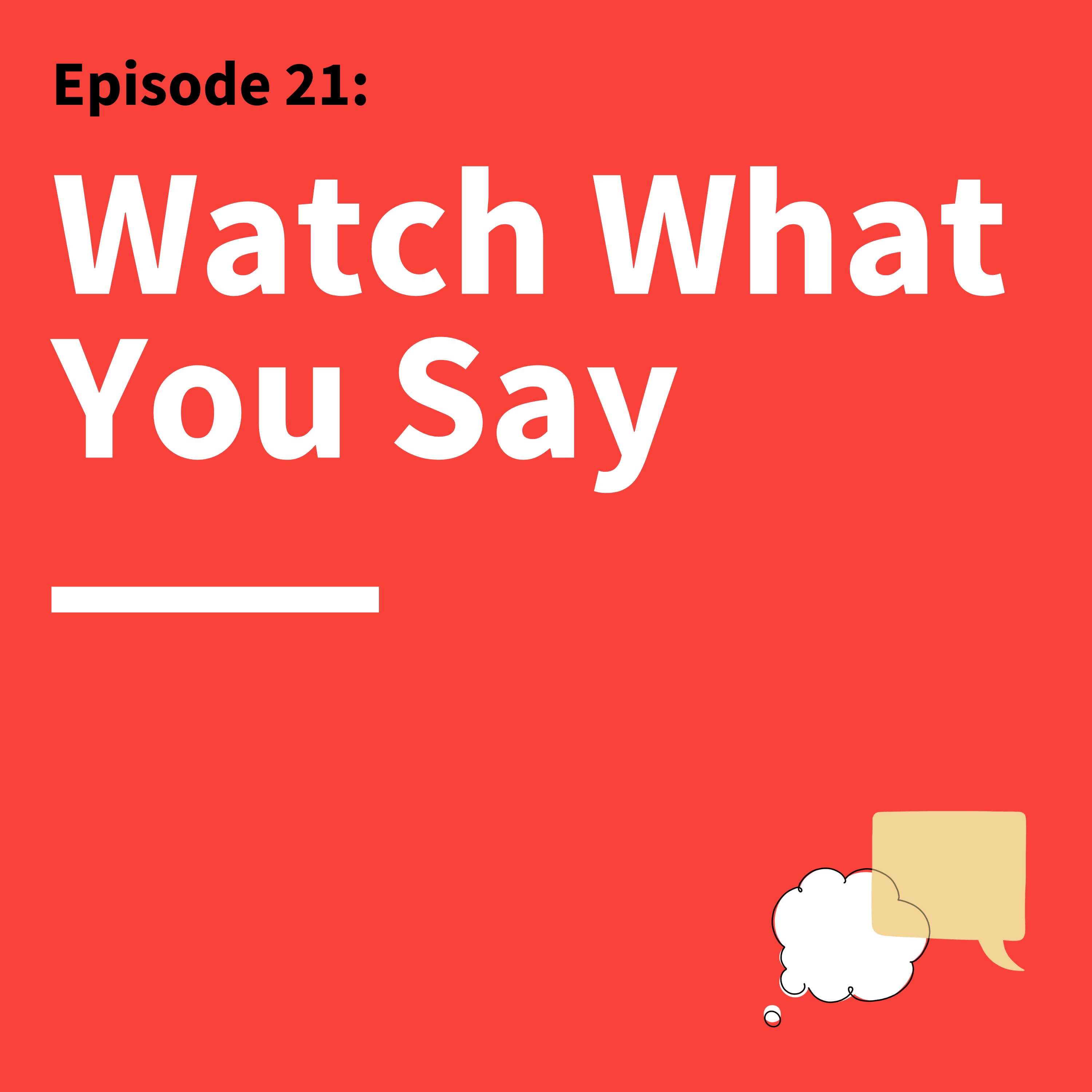Season 2
38. The New Normal: How Hybrid Work Actually Works
The effect of technology on teams, teamwork, and innovation.
37. Be Better: How Communication Catalyzes Business Transformation
The role of communication in helping businesses to adapt and transform.
36. Perfecting Teamwork: Building High-Performing Teams By Encouragin…
Break down professional silos and hierarchies in teams.
35. Leading From The Hot Seat: How To Communicate Under Pressure
How to communicate during a crisis.
34. How We Gain — Or Give Away — Authority While Speaking
The body language and word choices that can help you “power up” or “power down” in your communication.
33. Hacking your Speaking Anxiety: How Lessons from Neuroscience Can …
Actions you can take to reduce speaking anxiety and achieve your communication goals.
32. Speech That Empowers: How to Encourage Growth and Resilience in a…
Best practices when inspiring young people to seize responsibility.
31. Quick Thinks: How to Shine Online and Excel at Virtual Communicat…
Top insights and advice from previous episodes
30. Dissolve Disagreements: How Communication Impacts Conflict
How forms of “psychological distancing” can be used to build trust and encourage tolerance.
29. Question Everything: Why Curiosity Is Communication’s Secret Weap…
How asking strong questions helps you build trust and connect with your audience.
28. Building Strong Relationships: How to Effectively Communicate in …
Sharing our feelings can lead to more success as a leader.
27. Psychology Trumps Technology: How to Be a Better Communicator on …
The psychology behind our communication via social media.
26. Writing to Win: How to Quickly Capture Readers and Keep Them Enga…
Make it simple and succinct, and make it a story.
25. Quick Thinks: All Effective Communication Must Start With This
It’s less about what you want to say, and more about what your audience needs to hear.
24. Feelings First: How Emotion Shapes Our Communication, Decisions, …
Recognizing your audience’s emotional needs can help you achieve your communication goals.
23. Look Within: How to Lead with Self Awareness and Vulnerability
How good leaders can self reflect and better communicate to advance social justice.
22. Under Pressure: How to Communicate Clearly and Timely During a Cr…
How leaders can communicate effectively when their organization, brand, or reputation is under attack.
21. Words Matter: How to Make Your Communication Inclusive
Subtle word choice can invite inclusion, or can reinforce harmful stereotypes.
